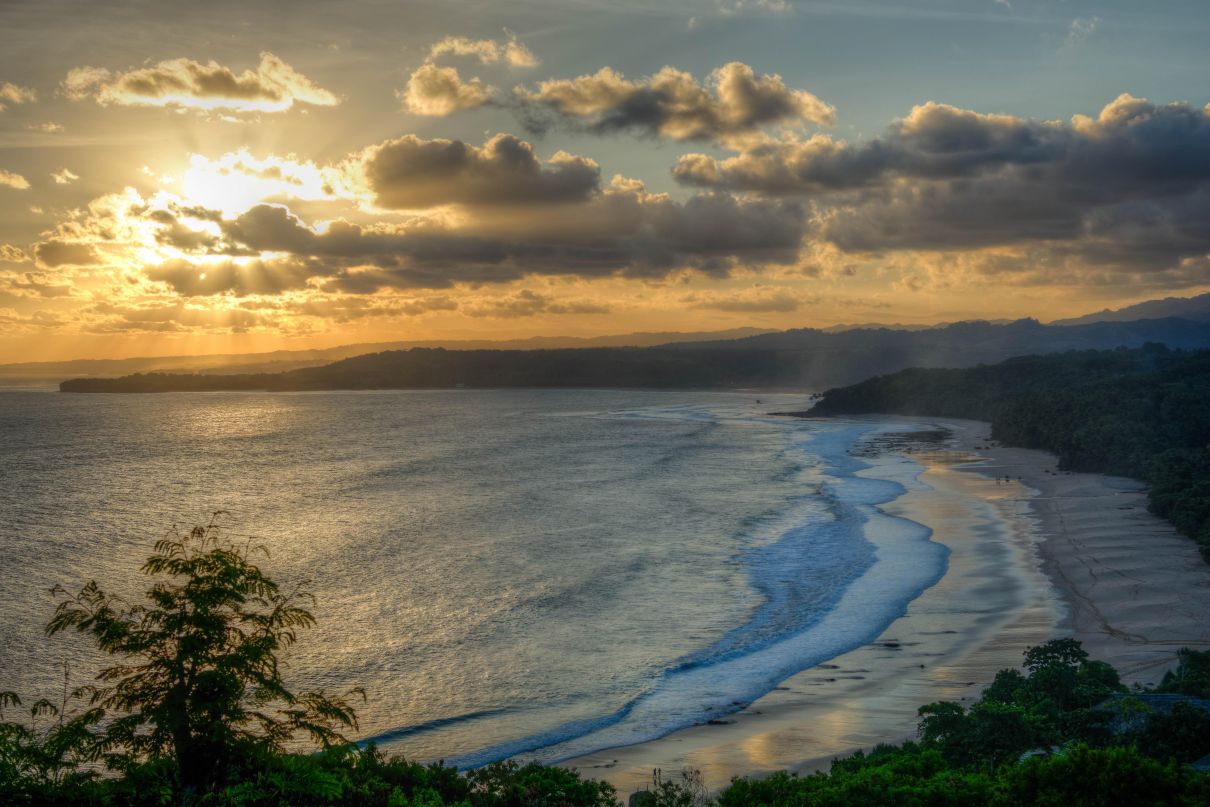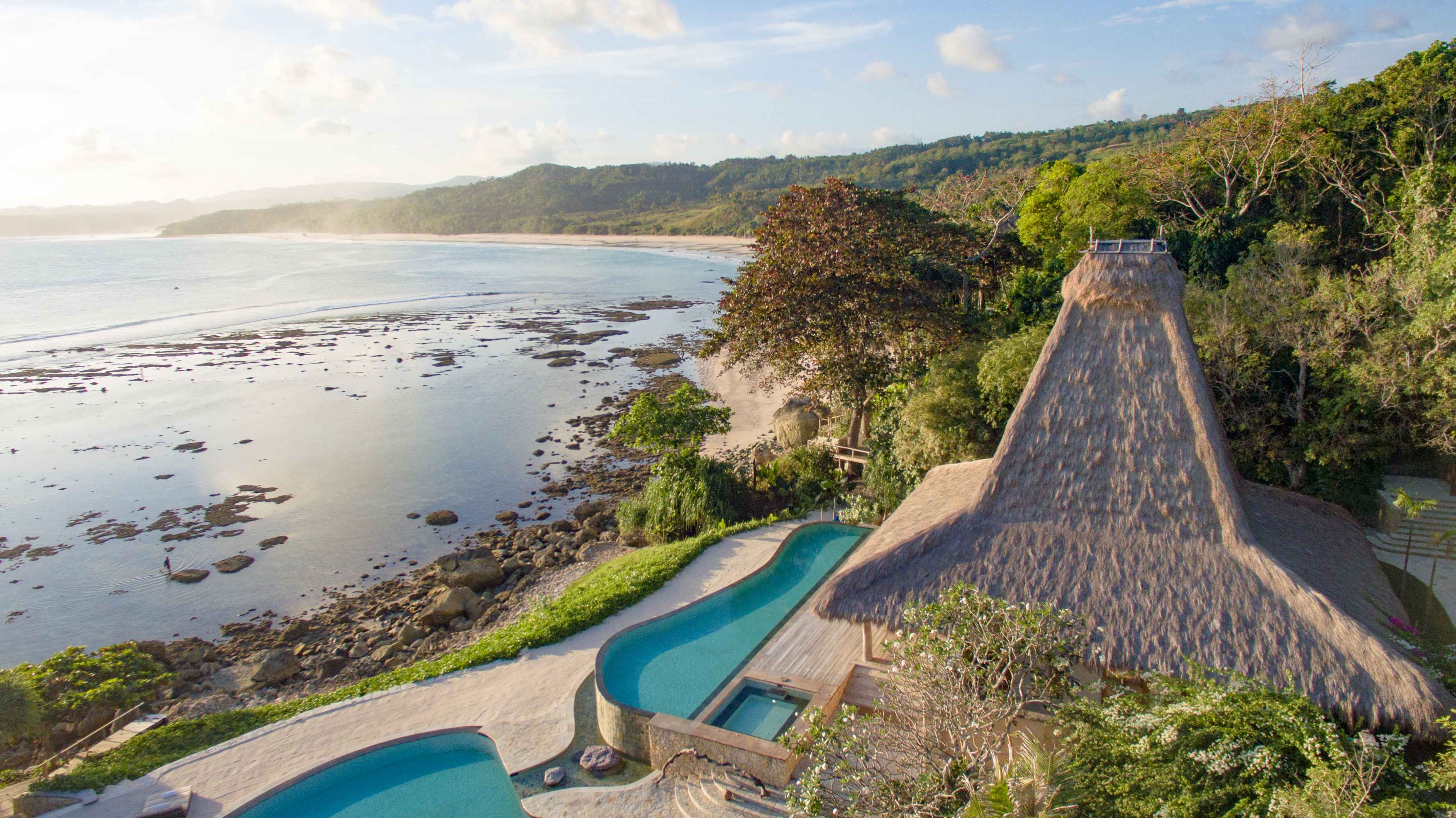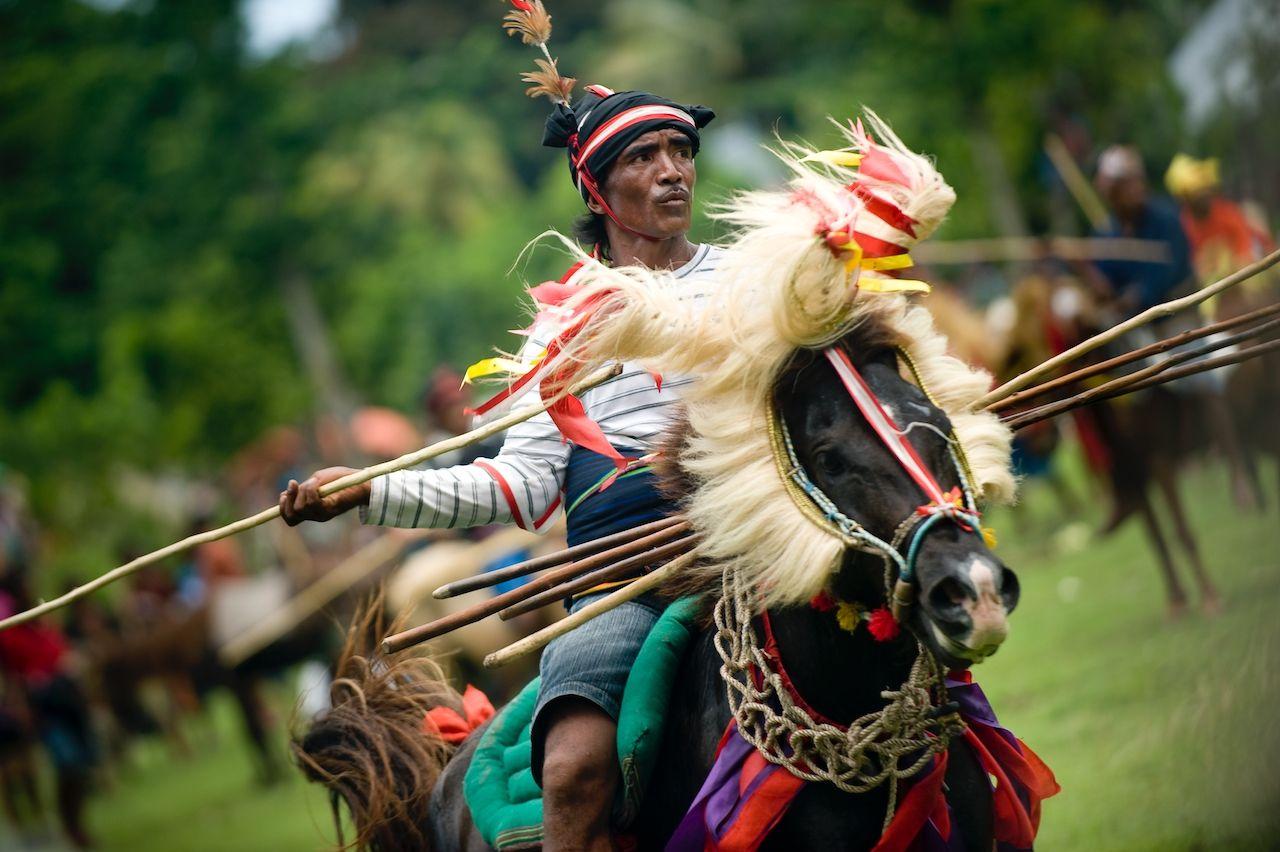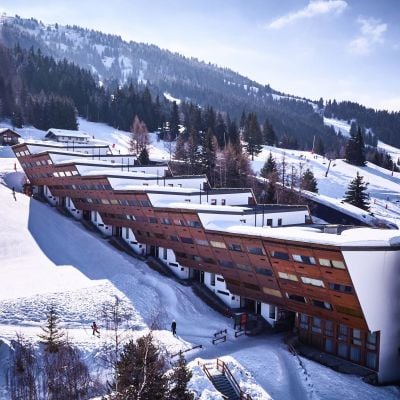Paradise Regained

To find a culture that is pure of spirit is rare, but to find one an hour’s flight from tourist-trodden Bali, on the island of Sumba, is truly remarkable.

The sky is still dark when the rato, the spiritual leaders of Sumba’s villages, walk down to the shore to look for nyale sea worms. These small green worms are the harbingers of the Sumbanese harvest, the foretellers of feast or famine.
“My family had two very good years of harvest, predicted by the sea worms,” says Simpson, a 29-year-old Sumbanese who works at one of the island’s only non-state employers: ‘barefoot luxury’ resort Nihiwatu. Millennial, well educated, with a camera phone and scooter, Simpson seems to belong to a different time and place, one that stands in defiance of modernity.
“If the sea worms are biting each other, the harvest will be infested with rats,” explains Simpson. “If the sea worms are chopped, the harvest will be bad. If the sea worms are long and healthy, it will be a good year for farmers.”
The island of some 750,000-odd inhabitants is known for its spirituality; Sumbanese people of all ages believe in the power of gods, sacrifice and rituals. Animals, not paper, form the local currency. The Sumbanese call their land tana humba (homeland), and the beliefs passed down from the marapu, their ancestors, are tightly woven through the generations.
The nyale sighting also marks a week-long countdown to the pasola, a unique Sumbanese celebration and one of the most exciting — and blood-thirstiest — games on the planet.
“It’s all about the spilling of blood on the ground as an offering for this year’s harvest,” describes Jason Childs, an Australian photographer who spends much of his time in Sumba, one of Indonesia’s larger islands.
He describes the pasola in vivid colour; starting at sunrise as thousands of spectators gather on the beach, walking en masse to the arena where between 40 and 60 riders attempt to knock each other off galloping horses using wooden jousts. “Having gone to watch it for many years I know who the good riders are,” he recalls. “There are no saddles, and some riders still sneak sharpened jousts into the arena. There are often old scores that need to be settled.”
To find a culture so pure of spirit is rare, but to find one an hour’s flight from tourist-trodden Bali, is truly remarkable.

When die-hard surfers Petra and Claude Graves arrived on the island in the 1980s it was barely touched. “We were searching around the world for an untouched paradise, isolated and remote, where we could build our dream hotel,” says Claude Graves, now in his late 50s. They fell in love with a stunning surf spot with a legendary left-hand break, known as Occy’s Left.
The Graves left New Jersey for Sumba on a shoestring. “We had no electricity or running water, we were a six-hour drive to the nearest medical facility, we were living like locals,” he recalls. When they hired villagers to help clear some of the land to build the resort, the men brought malaria with them. “From then on we were sick more than well. I’ve had malaria 33 times; Petra 24 times. It was brutal and it almost killed me once,” Graves says.
Fast forward three-and-a-half decades and Nihiwatu has just been awarded the prize of number one hotel in the world by Travel and Leisure readers, for the second year running. Since 2012 its new co-owner, US retail magnate Chris Burch, has poured over US$30 million into enhancing its services, building new villas and amenities, hiring locally, while keeping its soul intact; a luxury resort as wild and stunning you will find.
It is a place of contrasts. Just 32 villas in different styles, from the older haciendas, through contemporary chic lodges, to what Nihiwatu’s managing partner, South African hotelier James McBride, calls “the most amazing three-bedroom treehouse in the world”. The scale of the property is kept deliberately intimate in beautiful juxtaposition with the 560 acres of wild nature and ocean around it. The resort is only a tenth of the owned land and Burch promises it will not grow beyond that.
At the shabby-chic Boathouse Bar, Silicon Valley billionaires sit side-by-side with dreadlocked barefoot surf dudes. Jog along its 3km crescent virgin beach and you scarcely see another footprint, let alone a scrap of litter. At night, after the blood orange sun slips below the horizon, the only lights are the myriad lanterns along the pathways.
‘On the edge of wildness’ is Nihiwatu’s catchphrase and it truly is. To get there takes commitment: a flight to Bali, an overnight stay and an hour flight to Sumba’s Tambolaka airport, followed by a bumpy two-hour drive.
Can such a place be protected from over-development forever? “Nobody wants to see another Bali here,” says Graves. “More hotels are fine; the people need the jobs and tourism is the only thing this island has going for it. My worry is unregulated development. I talk with the government authorities a lot; I recommend policy and I’m part of a group that is formulating tourism development guidelines for the government,” he adds.
Since Nihiwatu began its programme of giving back to local communities, the Indonesian government has jumpstarted its own programme of aid and infrastructure upgrades. The Graves felt compelled to channel wealth from the hotel back to the locals and so, in 2001, with US businessman Sean Downs, they set up the Sumba Foundation. It spends US$500,000 annually improving life for the locals. On the drive to Nihiwatu the foundation’s work is visible in the bright orange water tanks dotted at regular intervals along the road (the foundation installed 240 of these and 60 wells), as well as four malaria clinics (malaria has been reduced by 85 percent). Sixteen primary schools have been supplied with water, toilets, tables, chairs, books and supplies. At 10 local schools, children who would otherwise have only one starch-based meal a day, are given three, protein-rich meals a week.
But despite the hardship, the Sumbanese are the sunniest people you will meet. It was their smiles that impressed Burch when he first visited. “I had been to Bali many times and so I wasn’t expecting to be blown away,” he says. “But after I hiked for hours through this intensely beautiful landscape, I met these wonderful people. They were in a bad way, but their warm smiling faces touched me profoundly.”
Burch adds: “Our investment in Nihiwatu goes beyond tourism — it’s just as much about community investment and how both can symbiotically co-exist to great mutual benefit.”
This article originally appeared in The Celebration Issue, December 2017. To subscribe contact









